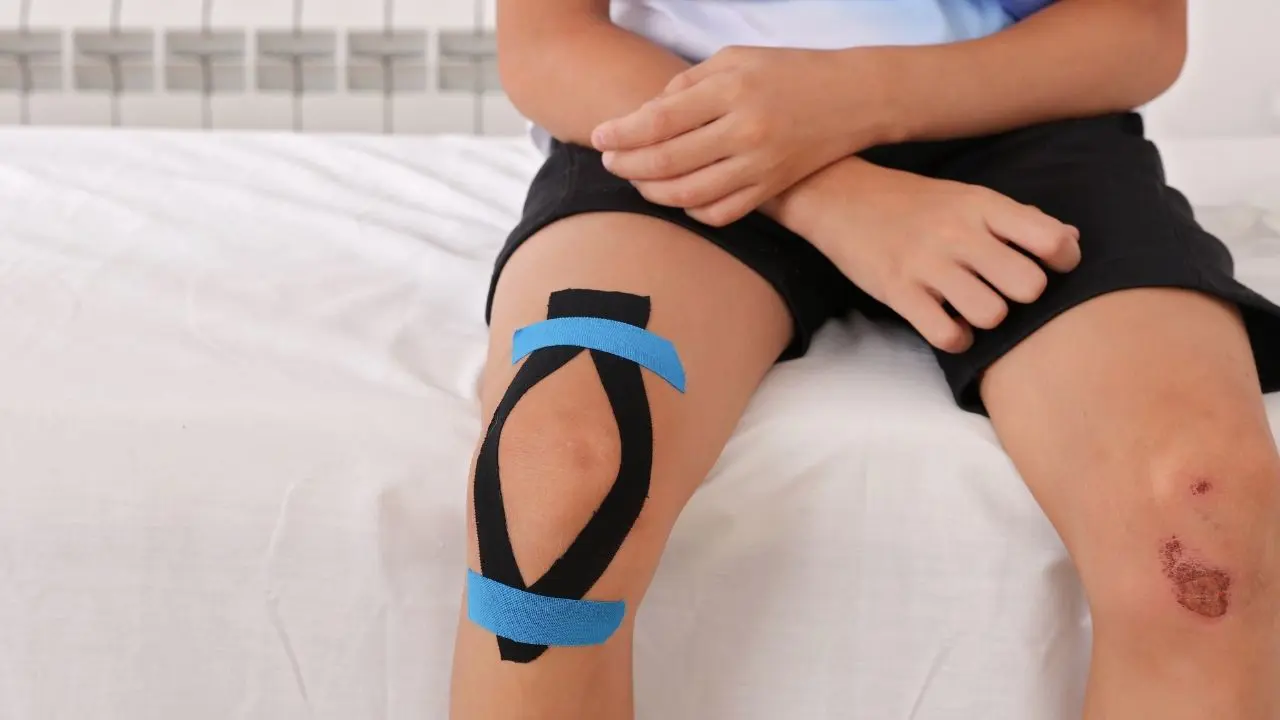
Sports and dance injuries can range from minor sprains and strains to more severe fractures and ligament tears. Treatment for these injuries depends on the type and severity of the injury. Sports and dance injuries refer to injuries that occur as a result of participation in athletic activities, sports, or dance. These injuries can range from minor strains and sprains to more severe fractures, ligament tears, and dislocations. They are common among athletes, dancers, and individuals who engage in physical activity regularly. Sports injuries typically occur during athletic competitions, training sessions, or recreational activities and can affect various parts of the body, including the muscles, tendons, ligaments, bones, and joints.

Here are some common sports and dance injuries and their treatments
Sprains and Strains:Treatment: Initial treatment often involves rest, ice, compression, and elevation (RICE). Nonsteroidal anti-inflammatory drugs (NSAIDs) may help reduce pain and inflammation. Physical therapy may be recommended to restore strength, flexibility, and function.
Fractures:Treatment: Treatment varies depending on the location and severity of the fracture. Immobilization with a cast, splint, or brace may be necessary to allow the bone to heal properly. In some cases, surgery may be required to realign the bones and stabilize the fracture.
Ligament Tears (e.g., ACL Tears): Treatment may involve conservative measures such as rest, physical therapy, and bracing to stabilize the knee joint. However, severe ligament tears may require surgical repair or reconstruction, followed by a rehabilitation program to restore strength and function.
Tendon Injuries (e.g., Achilles Tendonitis):Initial treatment may include rest, ice, and NSAIDs to reduce pain and inflammation. Physical therapy exercises to strengthen the muscles around the tendon and improve flexibility may be beneficial. Severe tendon injuries may require immobilization or surgical repair.
Meniscus Tears:Treatment may include rest, ice, and NSAIDs initially to reduce pain and swelling. Physical therapy exercises to improve strength and range of motion may be recommended. In some cases, arthroscopic surgery may be necessary to repair or remove the torn meniscus.
Dislocations:Dislocations require immediate medical attention to relocate the joint and stabilize the area. Immobilization with a splint or brace may be necessary initially. Physical therapy may be recommended to restore strength and stability to the joint and prevent future dislocations.
Overuse Injuries (e.g., Shin Splints, Stress Fractures) :Treatment often involves rest and modification of activities to allow the injured tissue to heal. Physical therapy may be recommended to address underlying biomechanical issues and improve strength and flexibility. Gradual return to activity with proper warm-up and stretching is essential.
Concussions require rest and avoidance of activities that may exacerbate symptoms. Cognitive and physical rest is essential until symptoms resolve. Gradual return to activity under the guidance of a healthcare professional trained in concussion management is recommended. It's important for individuals with sports and dance injuries to seek appropriate medical evaluation and treatment from a healthcare professional experienced in managing musculoskeletal injuries. Prompt and proper treatment can help minimize pain, promote healing, and prevent long-term complications. Additionally, following a comprehensive rehabilitation program can help athletes and dancers safely return to their sports and activities.
What is the reason of joint diaseses?
Cartilage is smooth and shiny at a young age and function the load-bearing job properly. Over time, small scratches, cracks, in other words; wrinkles occur. The ageing process of cartilage is proprietary for every human, the critical issue here is what we do to protect from this situation and how we overcome after problems start. Healthy bones are possible with healthy cartilage structure.Eating healthily, avoiding excess weight, and living away from activities that cause joint injury will slow down this process. Women are under higher risk, especially after menopause hormone changes predisposes poor bone quality. Therefore arthritis is more common in women.
